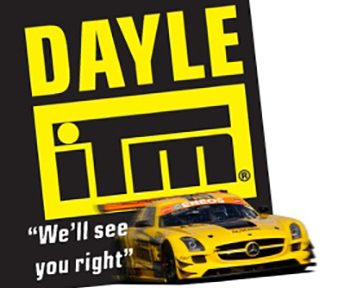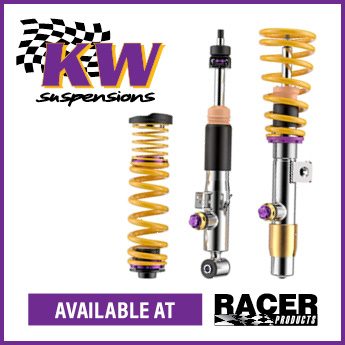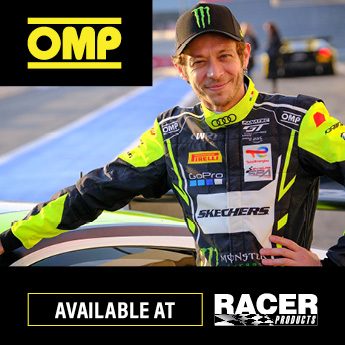MotorSport New Zealand sees benefit in implementing an alternative to the Full Course Safety Car, says Acting CEO Elton Goonan.
As previously reported by Velocity News, in 2019, the 2K CUP became the first racing category in New Zealand to launch the Virtual Safety Car into competition.
The VSC’s idea is to create a safe environment for marshals and track crews to recover and attend an on-track incident. However, the VSC does not impact competitors as every car should reduce its speed and maintains the margin to the driver ahead.
MotorSport New Zealand have closely followed the use of VSC in the 2K CUP, analysing how a similar system could be integrated across the country.
Speaking with Velocity News, Goonan says the governing body sees “massive benefit” in having an alternative to the full course safety car in the future.
“The VSC has been something that has been discussed at length both within MotorSport New Zealand and our Race commission and also at a higher level with the FIA,” Goonan said.
“As we have seen with both F1 and WEC, it has massive benefits.
“It allows race control to get the recovery crews and marshals responding quicker to incidents knowing that the field is under control almost instantly.
“It can also help remove confusion in races when trying to find the leader and having to slot the safety car in the right place of the field. We all know the fun that was had at Pukekohe a few years ago with Motorsport Australia and Supercars.
“By effectively joining the field together with a virtual rope, all of the cars should maintain the same gaps, which also means that no one should get an advantage over anyone else.”
One of the most evident obstacles for the VSC is how a VSC or similar safety car alternative system will be policed fairly.
Goonan says that any system will have issues surrounding fairness ironed out over time. However, he noted that New Zealand does not have the technology capable of effectively monitoring the VSC at the moment.
Until a cost-effect system can be made widely available, any use of a VSC would be limited for now.
“The tricky and crucial part is doing this fairly and consistently every time,” Goonan said.
“Firstly, the implementation of the one-way radio system was key to provide effective, direct communication between race control and the driver to get the instant response when needed. Without this, the whole idea is pointless.
“Second off was to control the speed and gaps of the cars whilst under VSC. As you have said, ‘how do we police that?’ That is the big question at the moment and the solution we are looking for at the moment.
“It has thrown many questions up, but the one of fairness, which is a cornerstone of what MotorSport New Zealand try to achieve, is the prime one that we need to find a solution to before we can look at the wider implementation of VSC.
“The systems used by F1 and WEC works on live GPS data between the cars and race control and provides instant speed and location data which is then feedback to the driver’s dash, so they know the “delta” that they need to work to, ensuring they maintain the correct pace.
“Unfortunately, in NZ, we don’t have the luxury of these type of expensive systems, so until we can create a way to fairly monitor this, with systems that are widely available at a cost-effective level, then the use of VSC will be very limited.
“Ultimately once a solution to the monitoring of the speeds and gaps of the cars fairly is solved, we could see the system implemented relatively quickly.”
Main Image: TGRNZ















